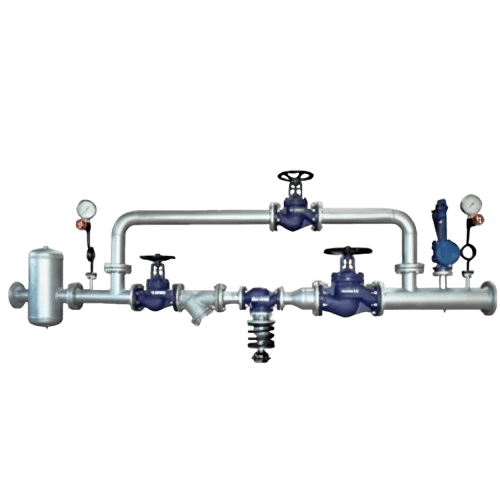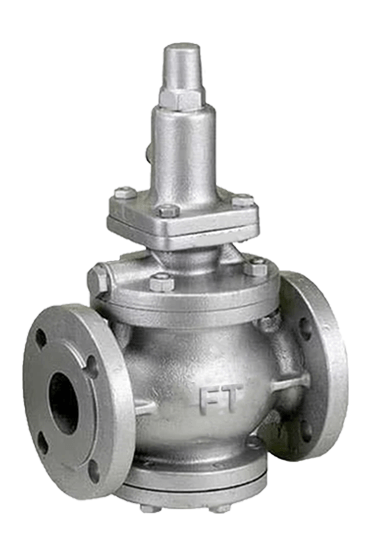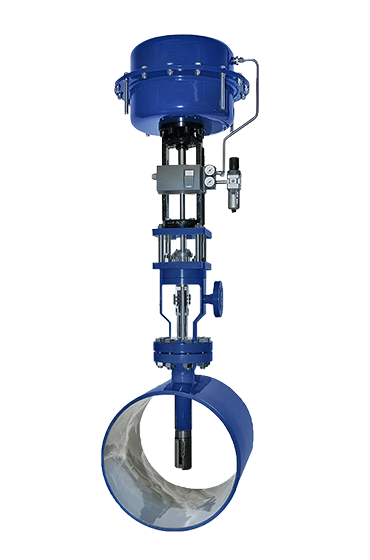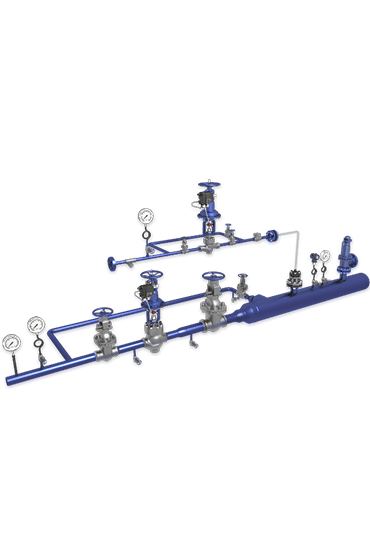Type: Direct-acting, Pilot-operated, or Dome-loaded Inlet Pressure Range: 50–600 psi (3.4–41 bar) Outlet Pressure Range: Adjustable 15–300 psi (1–20.7 bar) Max Operating Pressure: 720 psi (50 bar) Temperature Range: Fluid (-20°C to 180°C), Ambient (-40°C to 80°C) Flow Capacity (Cv): 2.5–25 Connection Type & Size: NPT, Flanged, Socket Weld (½"–4") Body Material: Brass, Stainless Steel, Cast Iron Seat & Seal Material: EPDM, NBR, Viton®, PTFE Accuracy: ±5% of set pressure Leakage Class: ANSI/FCI 70-2 Class IV or VI Adjustment Mechanism: Knob, Screwdriver, Pilot Standards Compliance: ASME, ISO, EN, PED Certifications: NSF/ANSI 61, WRAS, PED | - Choice of control mechanism (direct-acting for simplicity, pilot-operated for high accuracy).
- Adaptable to varying input pressures (e.g., municipal supply to industrial systems). Precision pressure reduction for downstream equipment protection.
- Built-in safety margin to handle pressure surges. Resilient in extreme environments (freezing to high-heat systems).
- Optimized flow rates for system efficiency (Cv scales with valve size). Flexible installation options for pipelines.
- Corrosion-resistant construction for longevity in water/chemical applications. Leak-tight seals with chemical/thermal compatibility.
- Stable downstream pressure control under fluctuating loads. Compliant with industry standards (Class VI ensures zero leakage).
- User-friendly tuning for precise pressure settings. Globally certified for safety and interoperability. Approved for potable water, industrial fluids, and EU markets.
|




